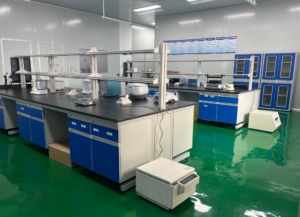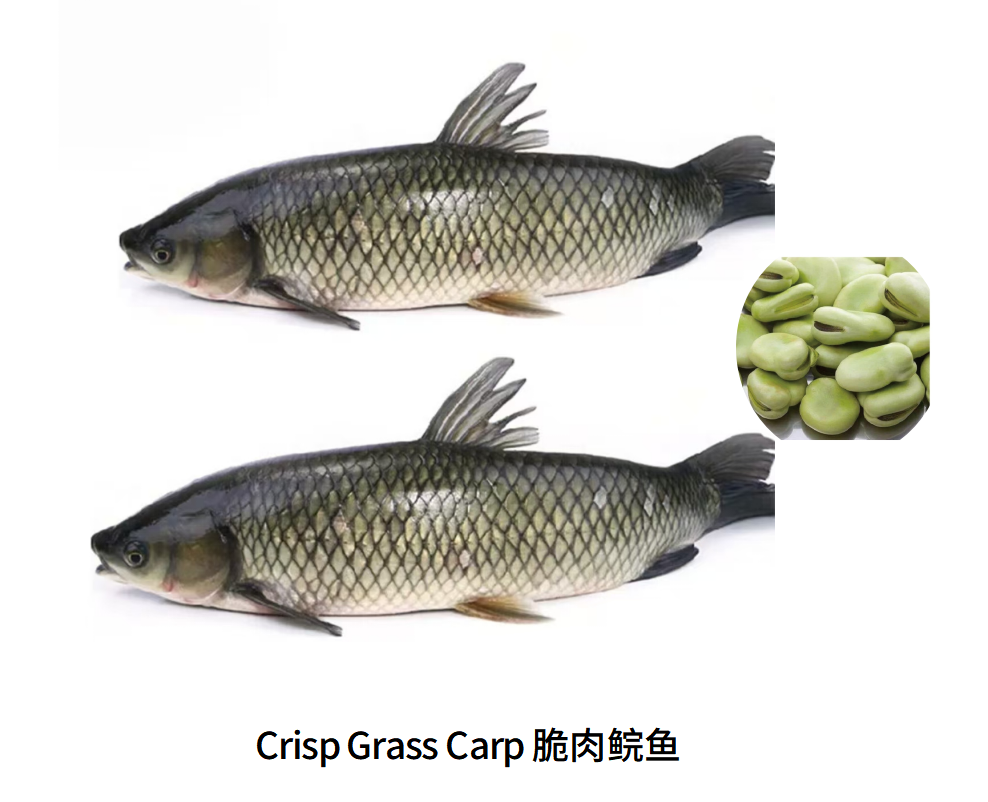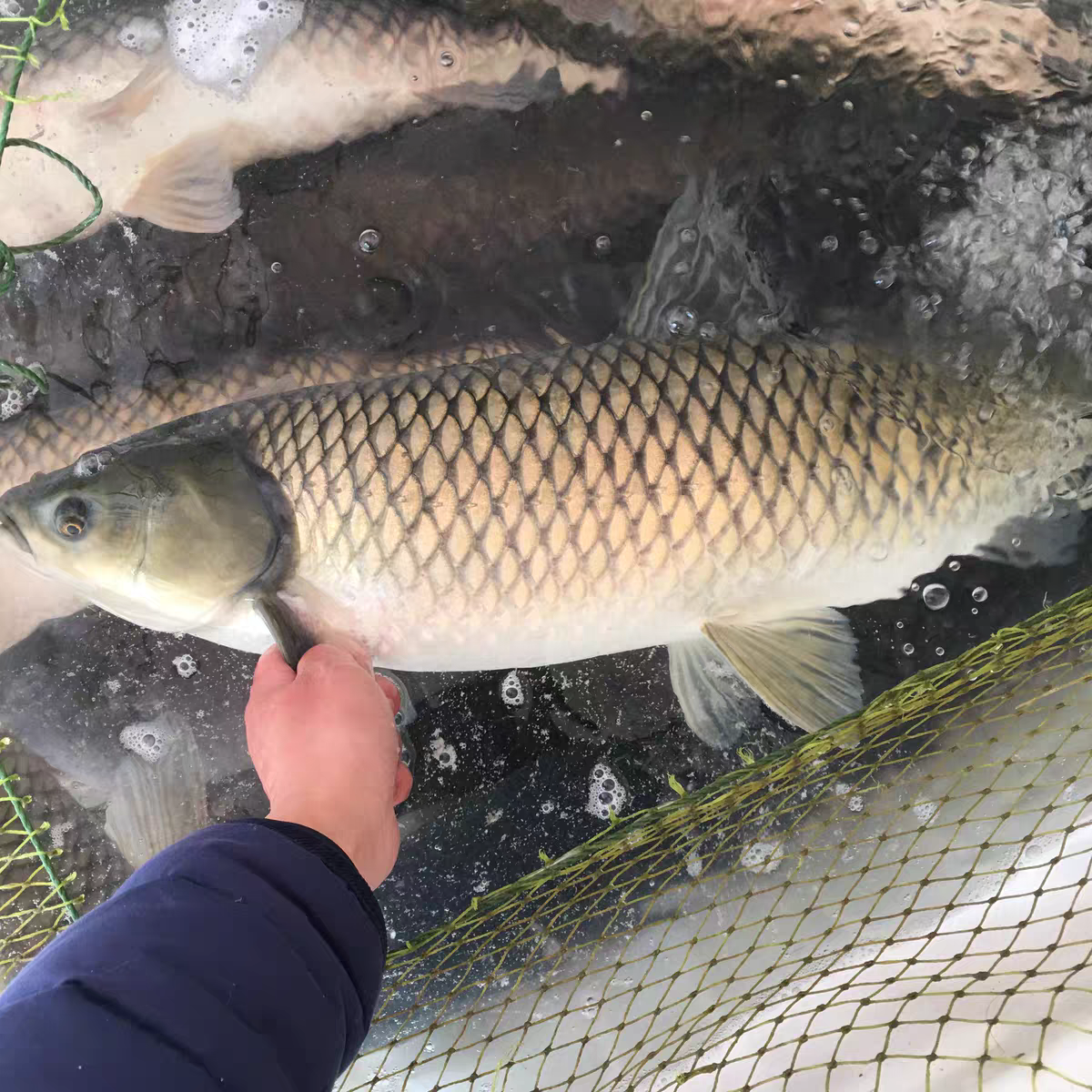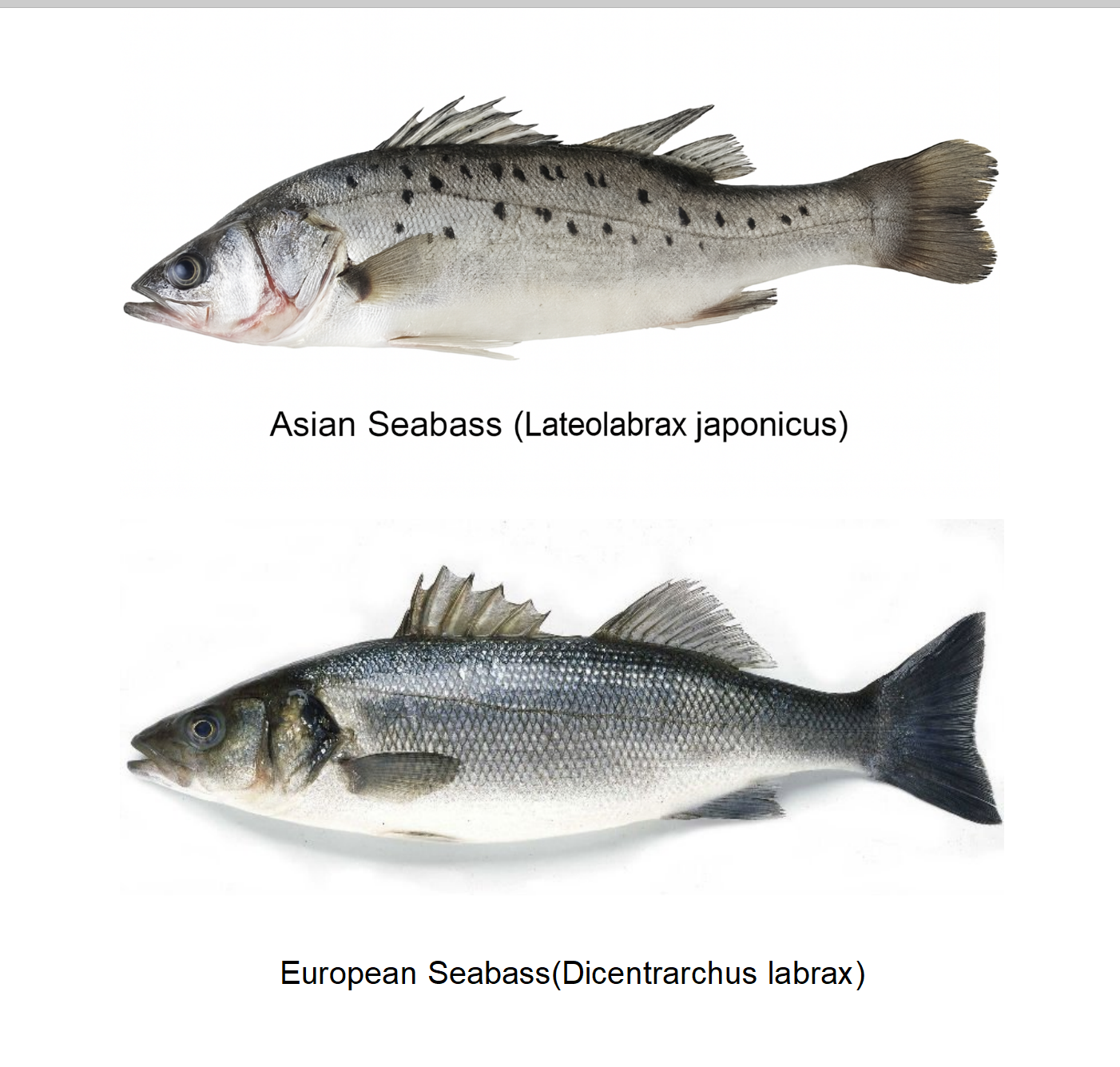U.S. Import Restrictions on Seafood: Banned and High-Risk Drug Lists
In the United States, the regulation of drug residues in imported seafood has shifted towards a “zero tolerance” policy. Once any banned or unapproved drugs are detected, regardless of the amount, the consequences can be severe—ranging from product rejection to being placed on the FDA Import Alert, which can suspend an exporter’s clearance privileges and severely harm the company’s reputation and order stability.
What is an Import Alert?
An Import Alert is an official action by the FDA, issued when a product, company, or country is found to violate U.S. regulations. This can involve drug residues, fraudulent labeling, sanitary issues, etc. Once a product is flagged, it is automatically detained (without physical examination) during the customs process, and the company must provide proof of compliance through third-party testing and corrective actions to clear the alert.
Banned Drugs for Seafood Imports to the U.S.
Here is a list of drugs that are explicitly banned for use in seafood imports to the U.S.:
-
Chloramphenicol
Reason for Ban: Potential carcinogen, fully prohibited.
Regulation: Import Alert 16-124 -
Nitrofurans (e.g., Furazolidone, Nitrofurazone)
Reason for Ban: Potential carcinogen, fully prohibited.
Regulation: Import Alert 16-129 / 21 CFR 530.41(a)(4) -
Fluoroquinolones
Reason for Ban: Risk of antimicrobial resistance, prohibited in food animals.
Regulation: Import Alert 16-131 -
Malachite Green
Reason for Ban: Potential carcinogen, zero-tolerance detection limit.
Regulation: Import Alert 16-131 -
Gentian Violet
Reason for Ban: Potential carcinogen, zero-tolerance detection limit.
Regulation: Import Alert 16-131 -
Clenbuterol
Reason for Ban: Hormonal drug, prohibited in food animals.
Regulation: 21 CFR 530.41(a)(1) -
Diethylstilbestrol (DES)
Reason for Ban: Potential carcinogen, prohibited in food animals.
Regulation: 21 CFR 530.41(a)(2) -
Dimetridazole / Ipronidazole
Reason for Ban: Potential carcinogen, prohibited in food animals.
Regulation: 21 CFR 530.41(a)(3) -
Glycopeptides
Reason for Ban: Risk of antimicrobial resistance, prohibited in food animals.
Regulation: 21 CFR 530.41(a)(7) -
Triphenylmethane Dyes
Reason for Ban: Carcinogenic risk, very low detection limit (1 ng/g).
Regulation: Import Alert 16-131 and other detection guidelines. -
Methyltestosterone
Reason for Ban: Hormonal drug, potential human health risks.
Regulation: FDA does not approve for food animals, considered illegal residue. -
Clove Oil and Components (Eugenol, Isoeugenol, Methyleugenol)
Reason for Ban: Not FDA-approved, considered illegal residue.
Regulation: Not listed in FDA-approved animal drug list.
High-Risk Drug Categories for Seafood
These drugs are not explicitly banned but are considered high-risk and may trigger customs issues when used in seafood:
-
Quinolones (e.g., Oxolinic Acid, Nalidixic Acid)
Reason for Risk: Similar structure to fluoroquinolones, often treated as illegal drugs due to antimicrobial resistance concerns.
Regulation: Not FDA-approved for food animals. -
Sulfonamides (Extra-label Use)
Reason for Risk: Using excessive doses or across species is illegal.
Regulation: AMDUCA does not apply to aquatic animals, and extra-label use is prohibited. -
Trimethoprim (Extra-label Use)
Reason for Risk: Often used with sulfonamides, high risk of violation.
Regulation: Considered illegal or unapproved drug residue. -
Avermectins (e.g., Ivermectin)
Reason for Risk: No approved indication for aquatic use, high-risk usage.
Regulation: FDA has not approved for use in food fish, considered unapproved residue. -
Steroids and Hormones (Unapproved)
Reason for Risk: Some hormones approved for fish breeding, but most are prohibited in food fish.
Regulation: Most steroid drugs are not FDA-approved for food fish.
Ensuring Compliance with U.S. Standards
At Zhuhai Chenghuifeng Agricultural Science and Technology Co., Ltd., we understand the critical importance of compliance with U.S. seafood import regulations. Our free laboratory conducts rigorous testing to ensure that every batch meets the stringent U.S. drug residue standards.
We perform four rounds of testing for each batch:
-
Pre-Arrival: Testing on live fish before shipment.
-
Arrival: Testing upon arrival at the facility.
-
Production: Random sampling during production.
-
Pre-Shipment: Final tests before shipment.

Our commitment to safety and quality ensures that our products, such as Seabass, Barramundi, Tilapia, Red Drum Fish, Crisp Grass Carp, Toman Fish, Brown Croaker, and Channel Catfish, meet all U.S. regulatory requirements for drug residues.
Contact Us:
Zhuhai Chenghuifeng Agricultural Science and Technology Co., Ltd.
Plant Code: 4404/02003
📍 Address: Chengfeng Youpin Yubo Center, east of Xingang Avenue, Xingang District, Baijiao Town, Doumen District, Zhuhai City, Guangdong, 519185 P.R. China
📞 Tel: +86 13434758707
💬 WhatsApp / WeChat: +86 13727050518
📧 E-mail: chloe@chfseafood.com
🌐 Website: www.chfseafood.com



